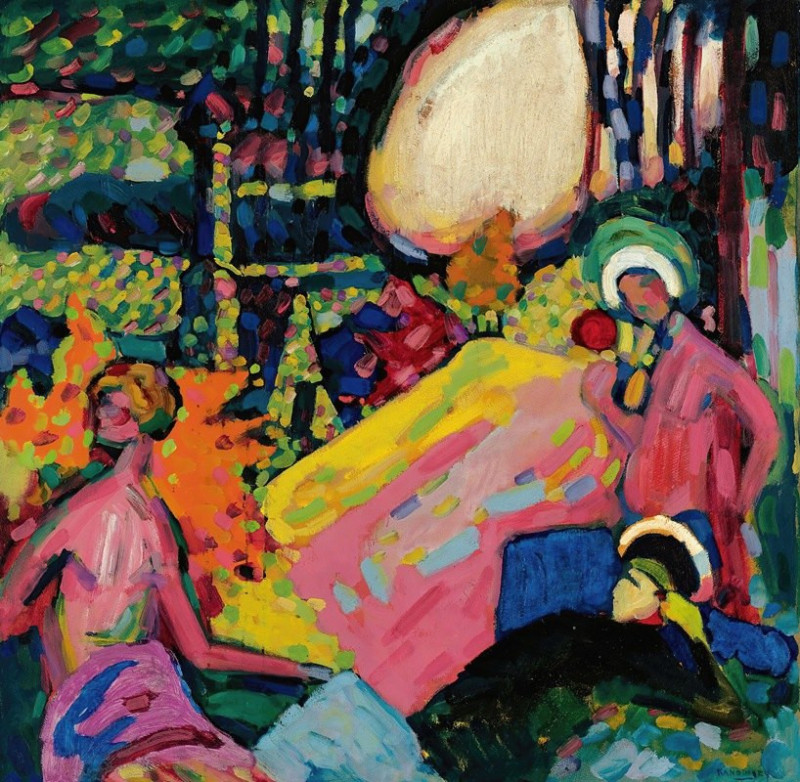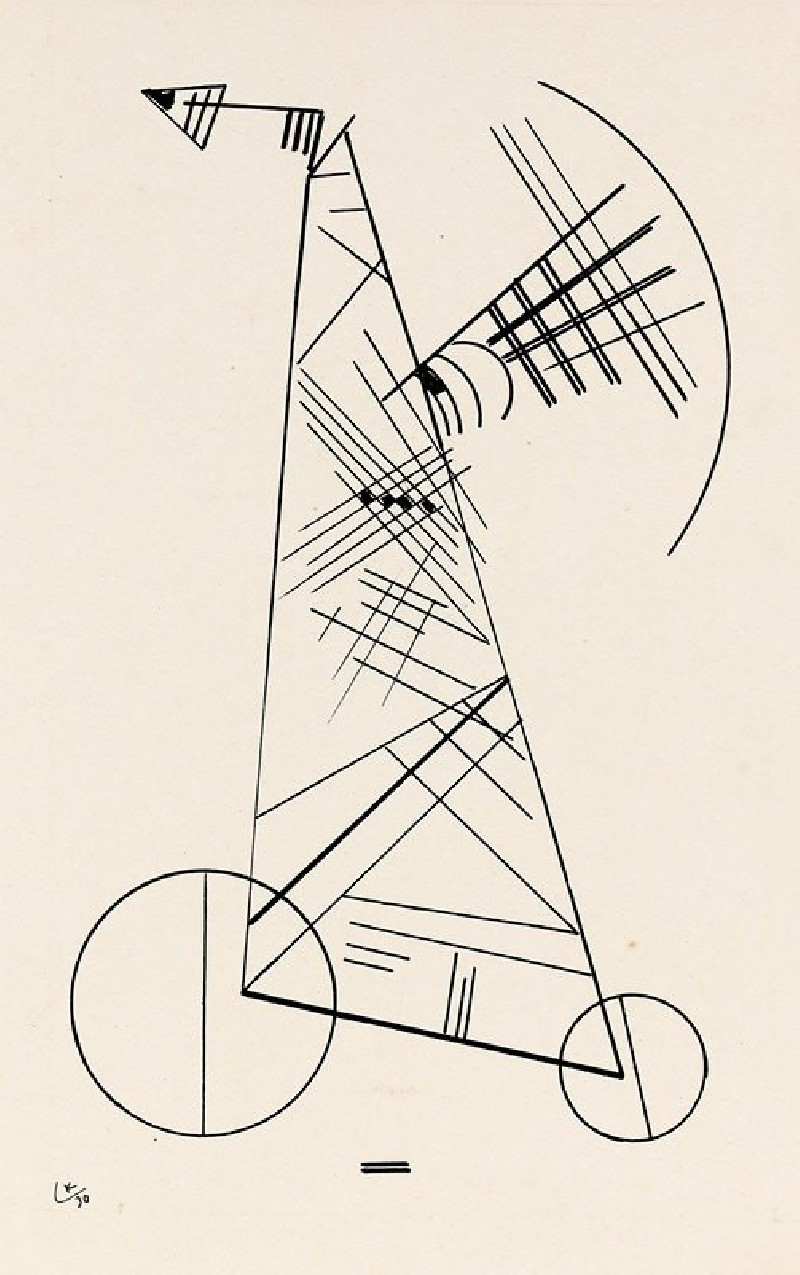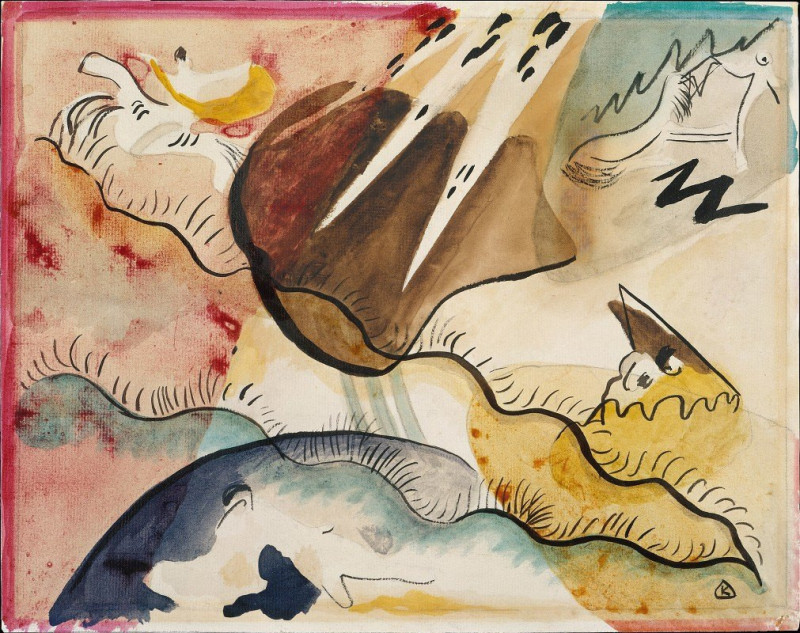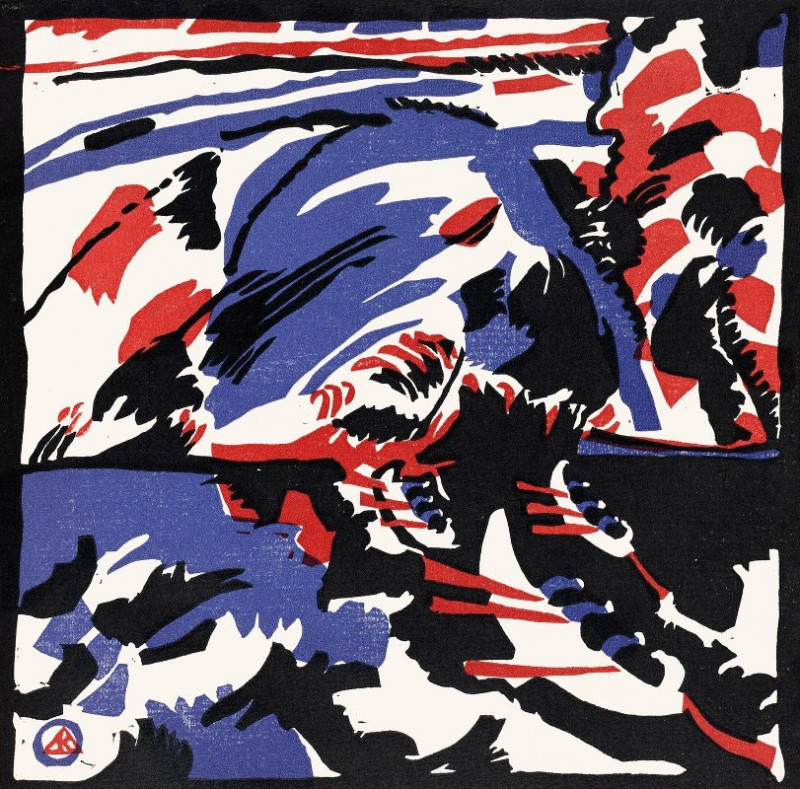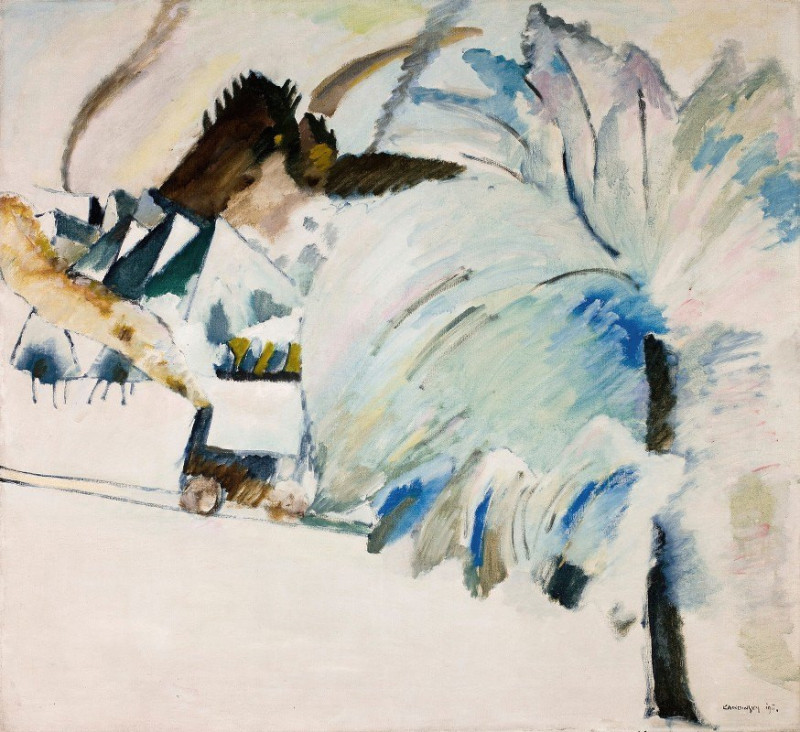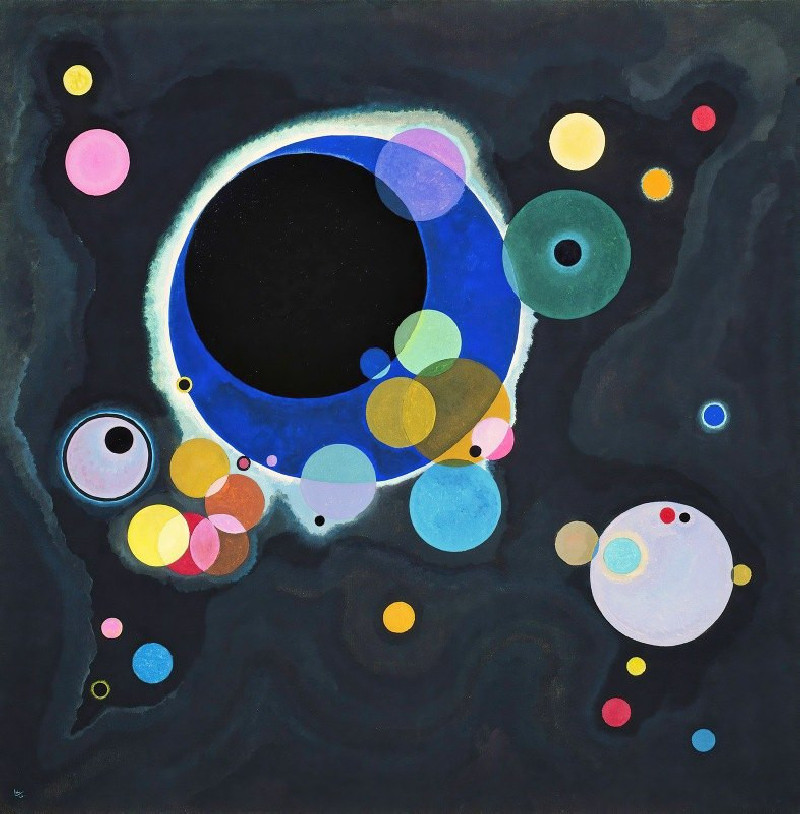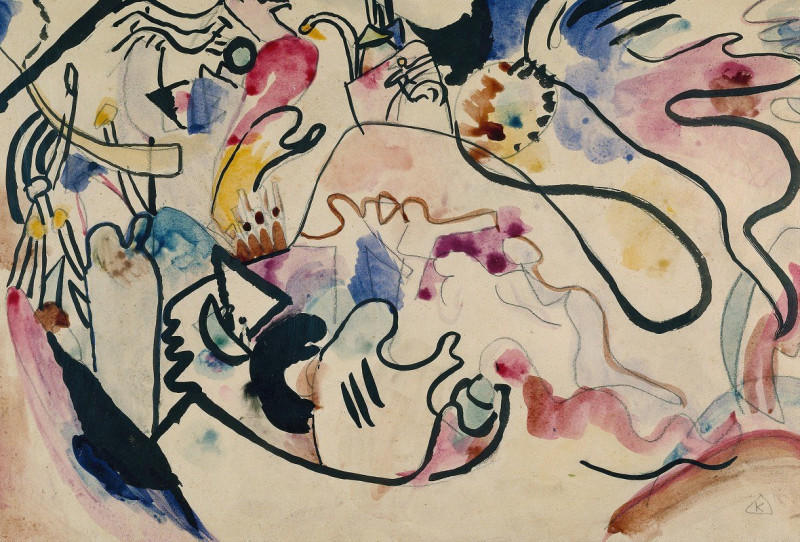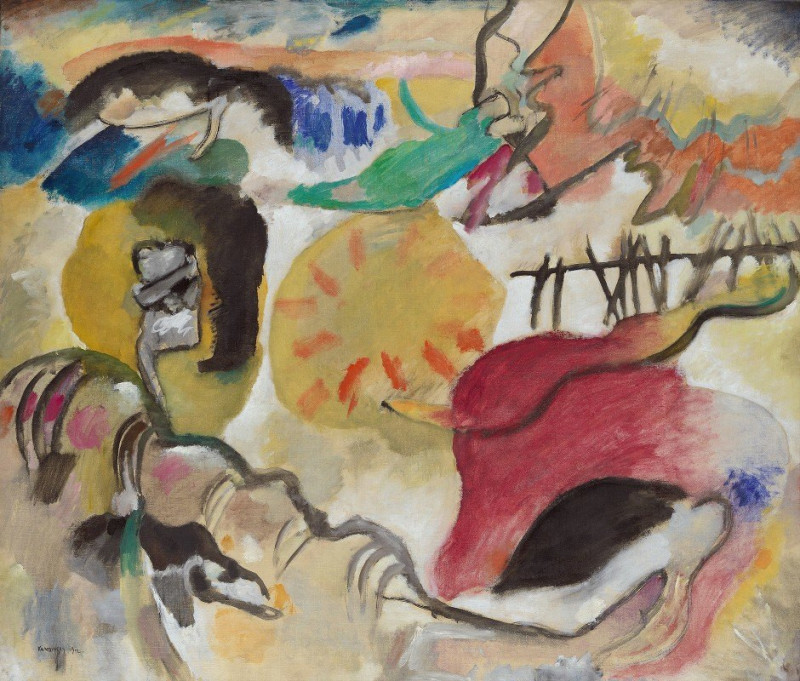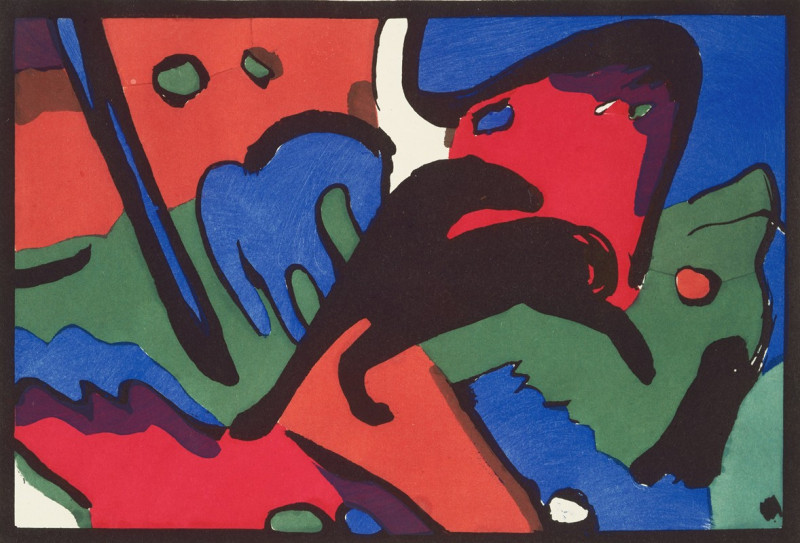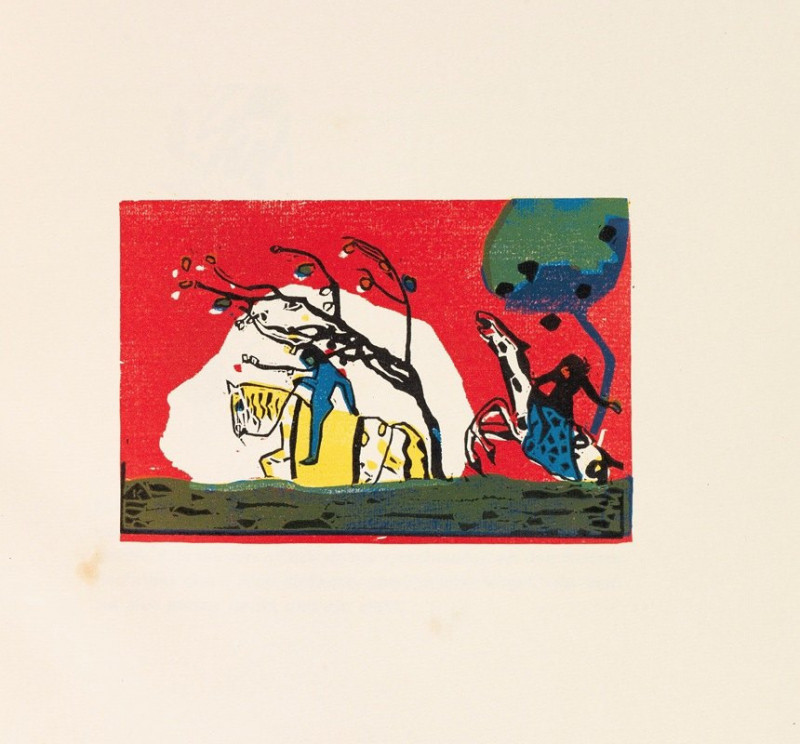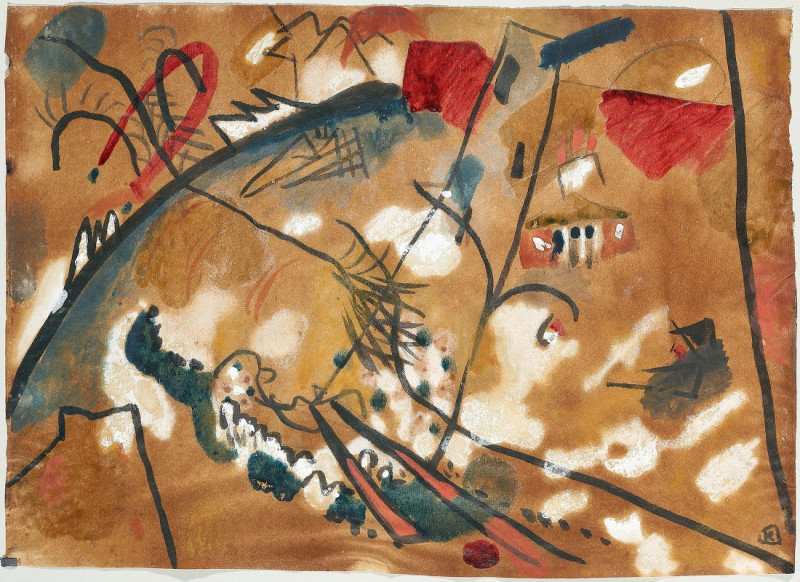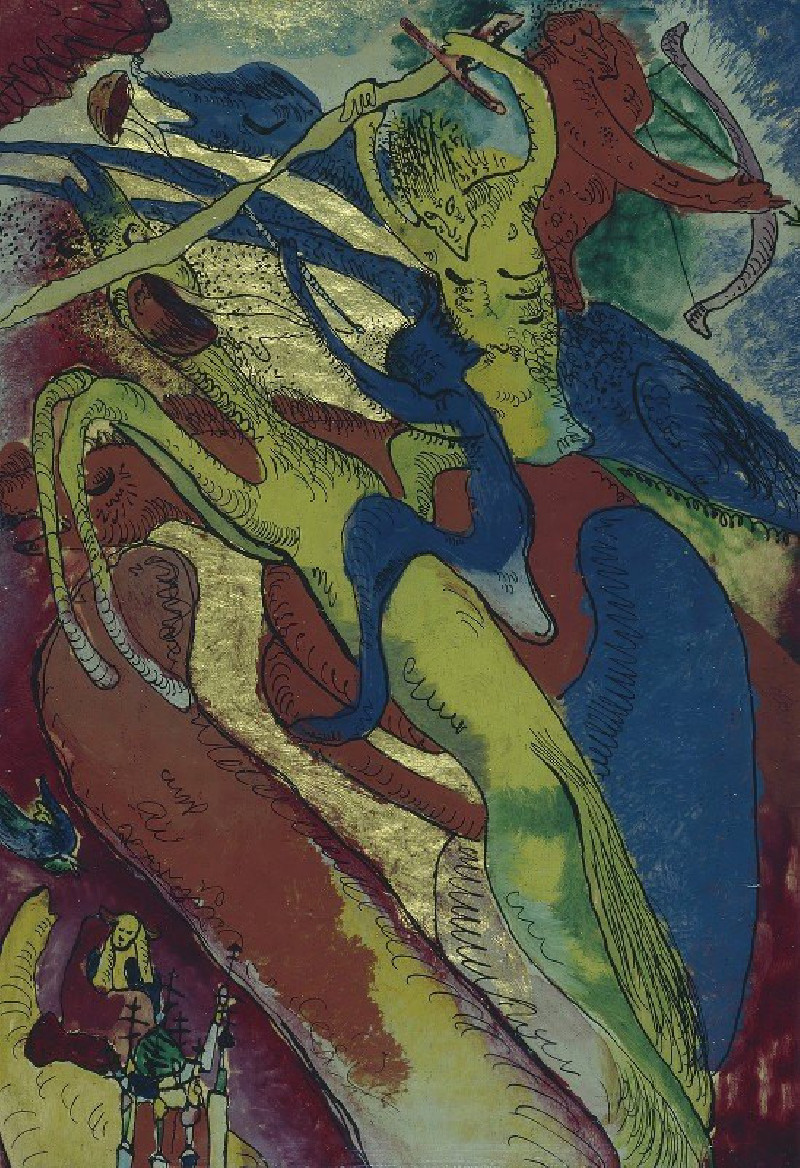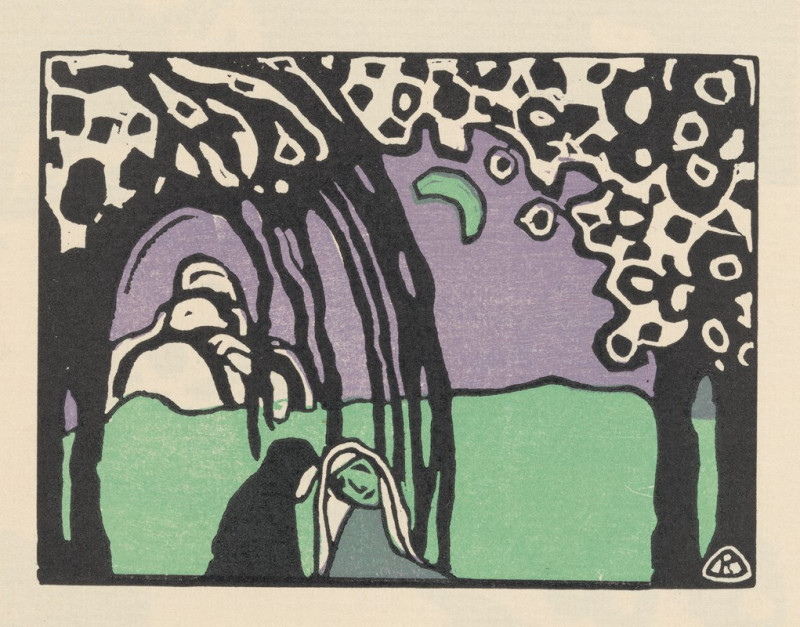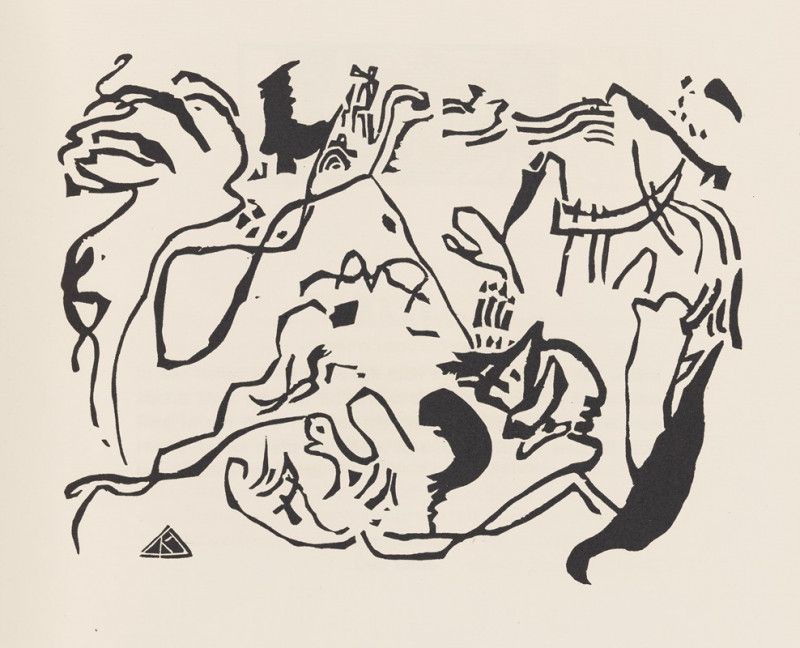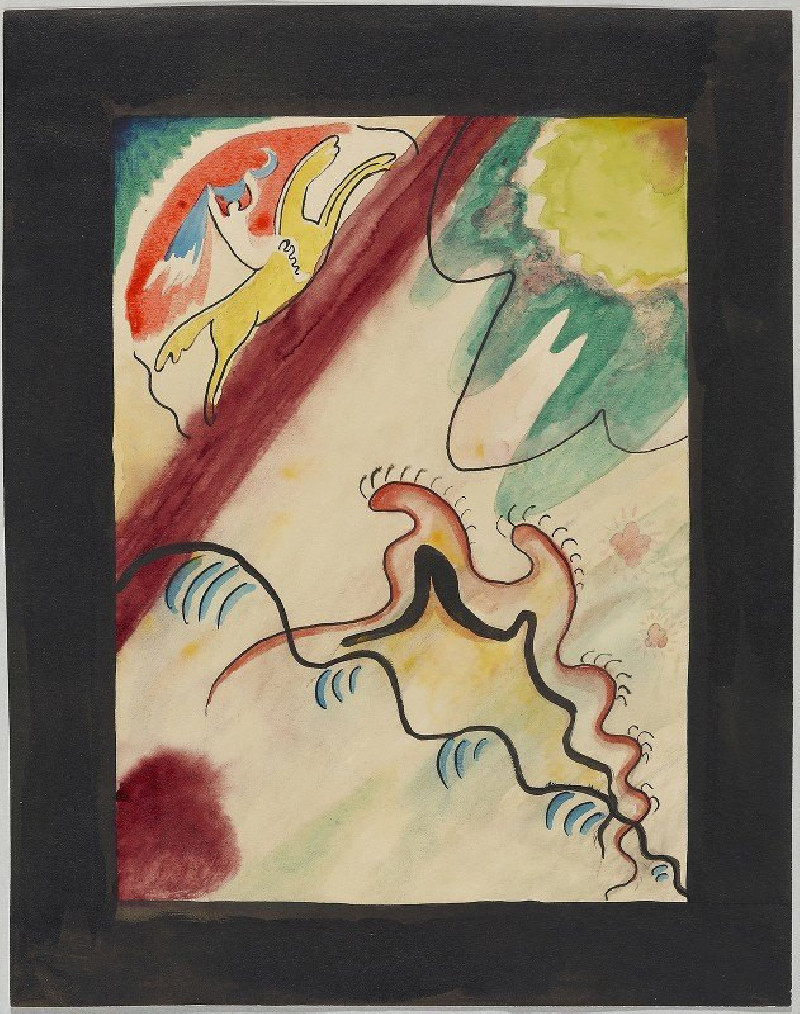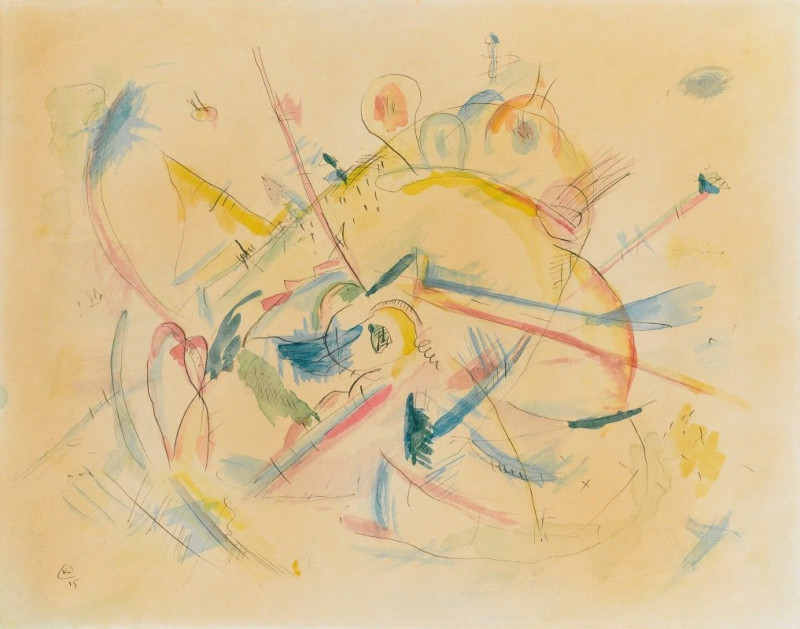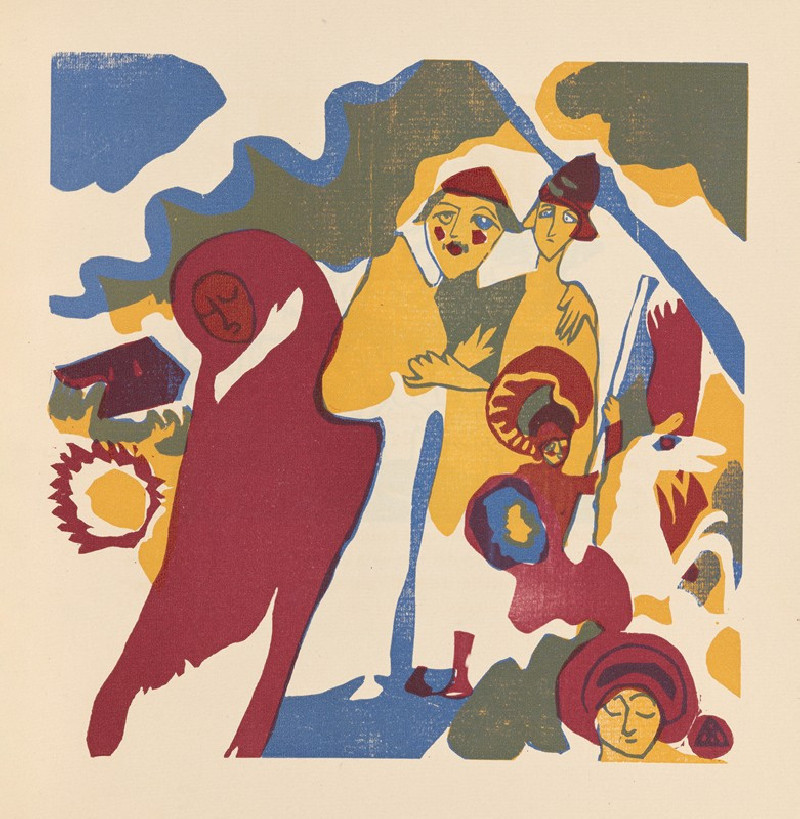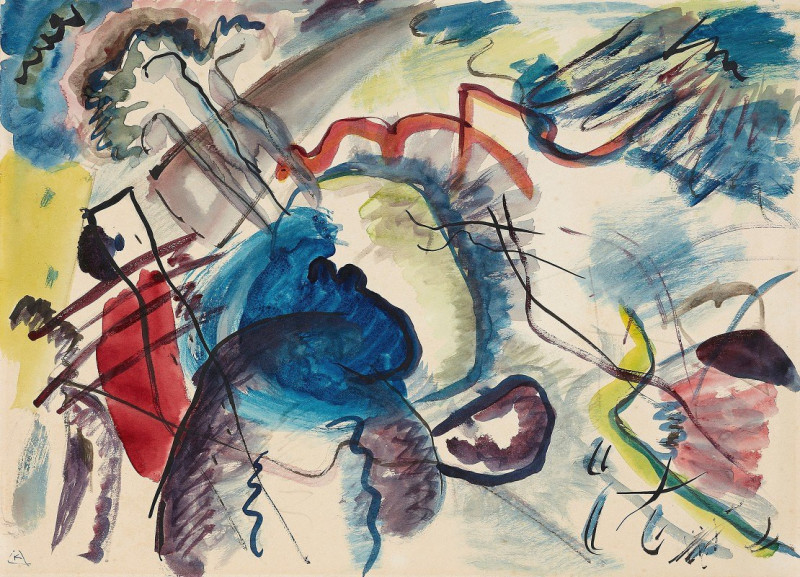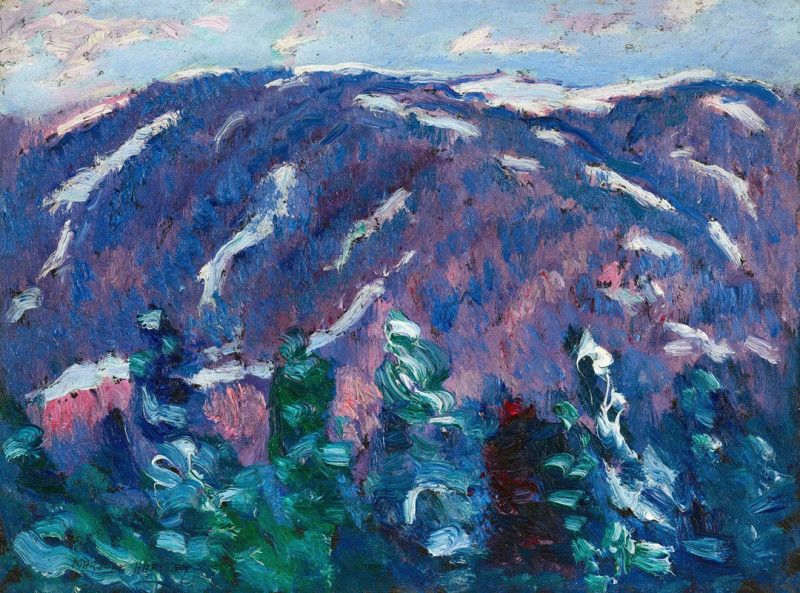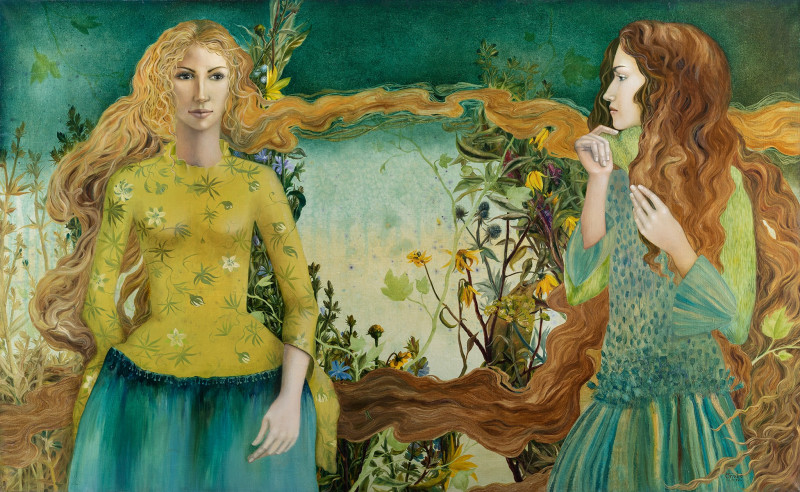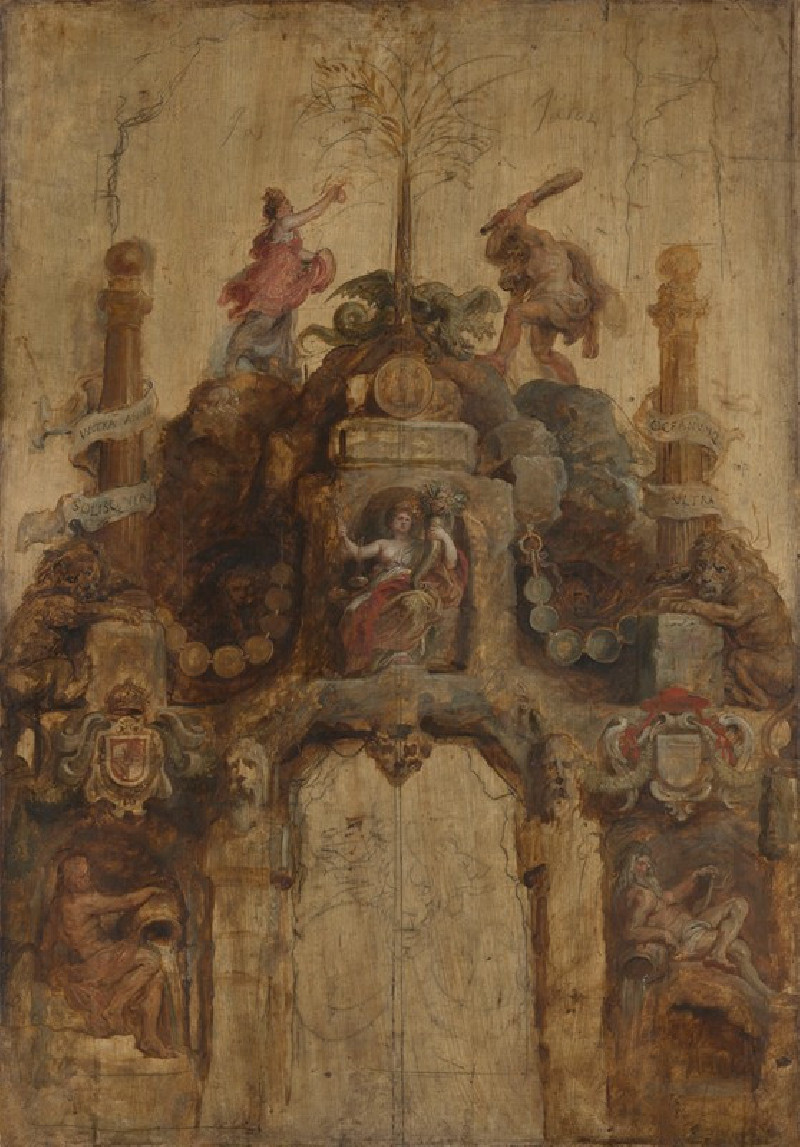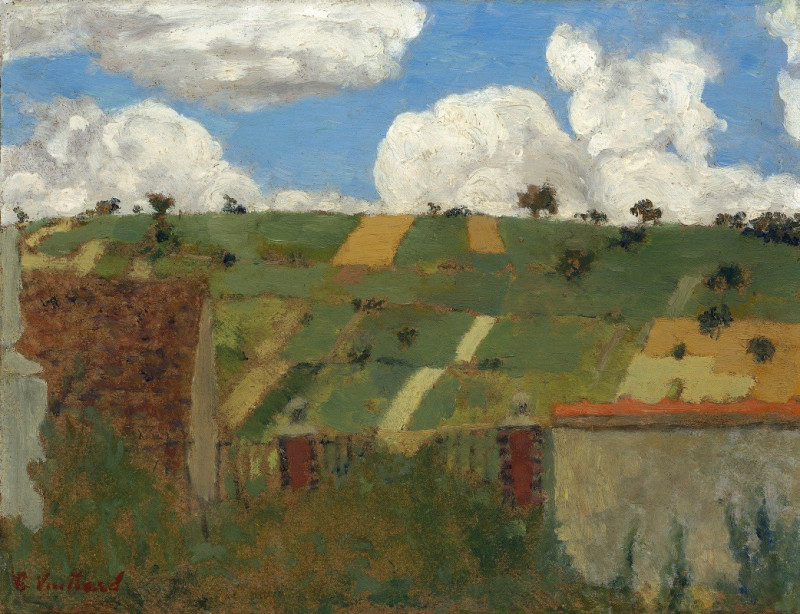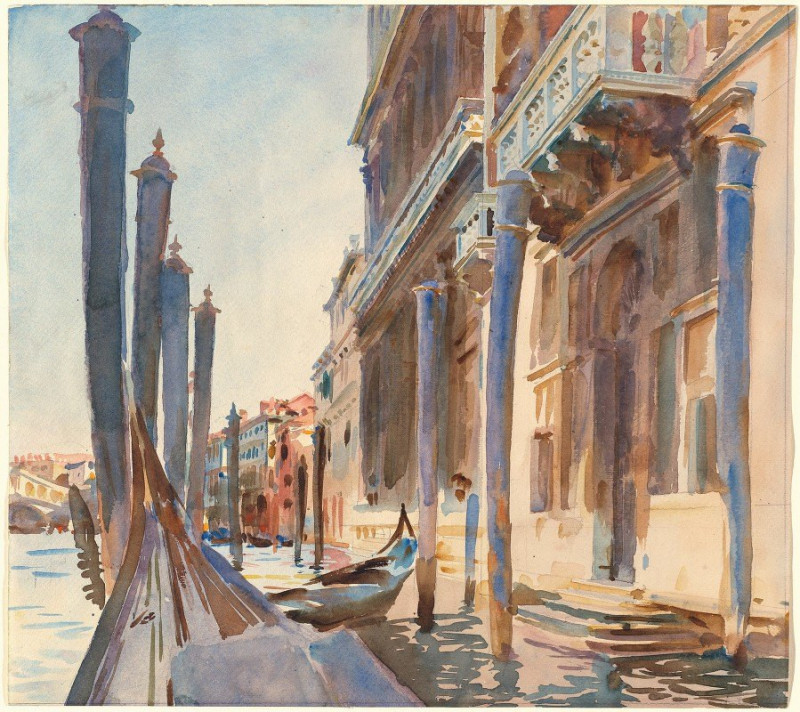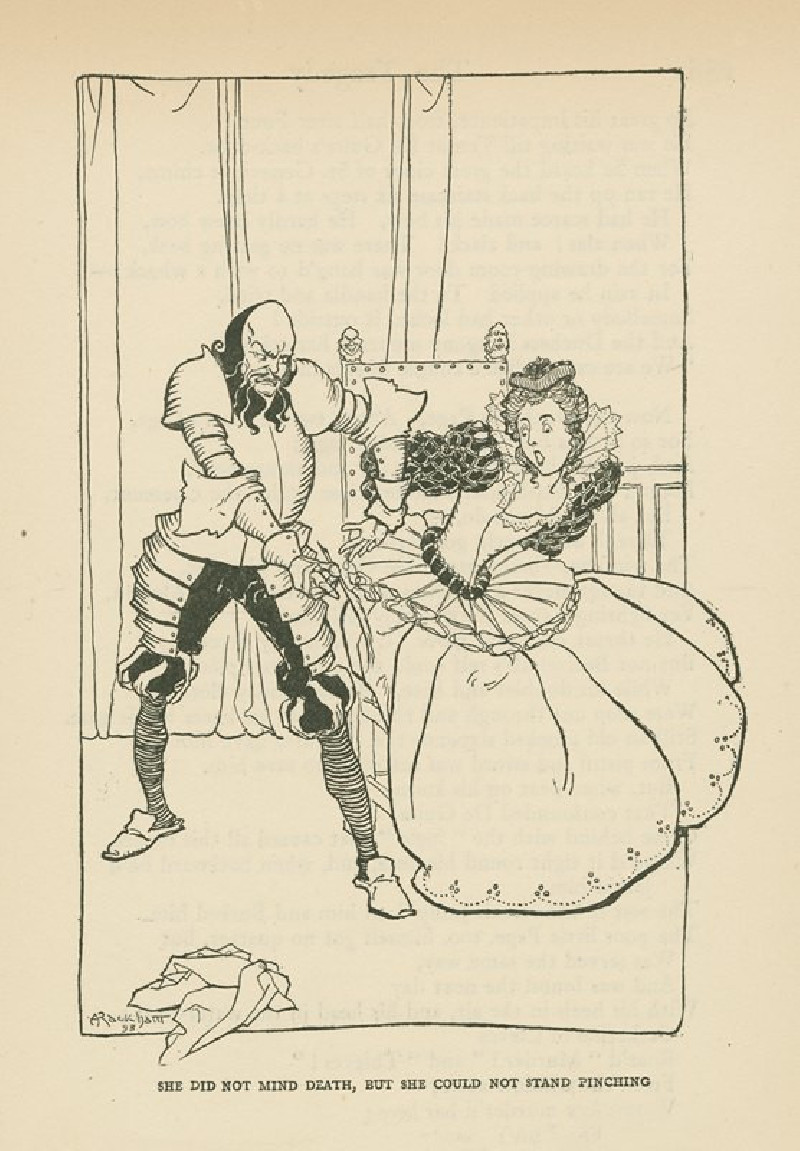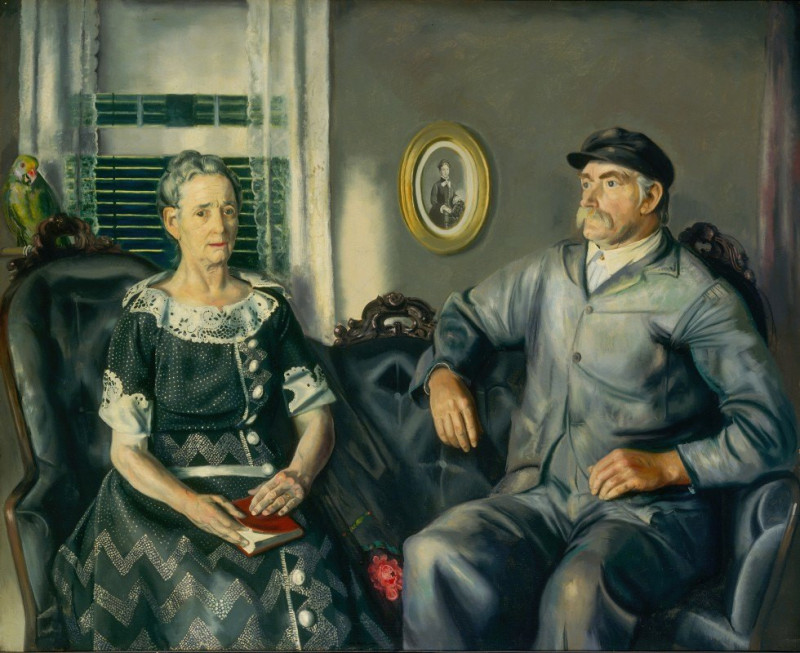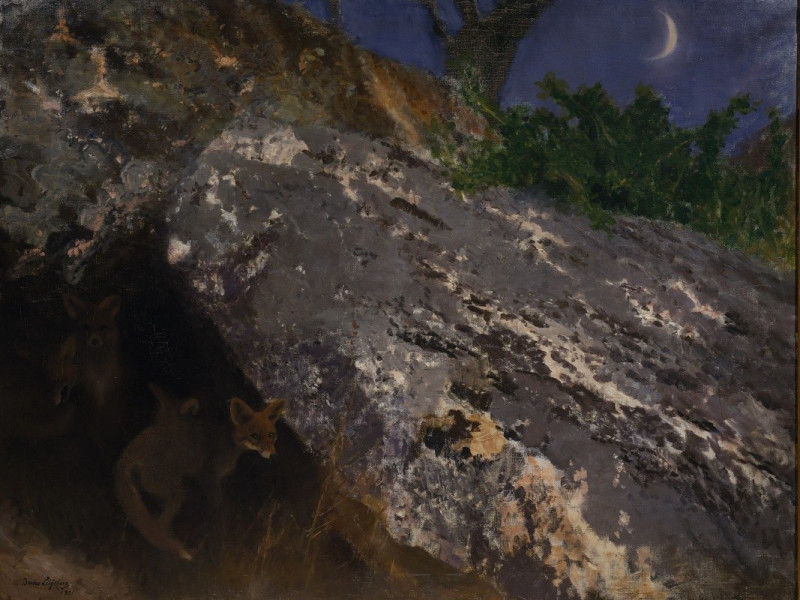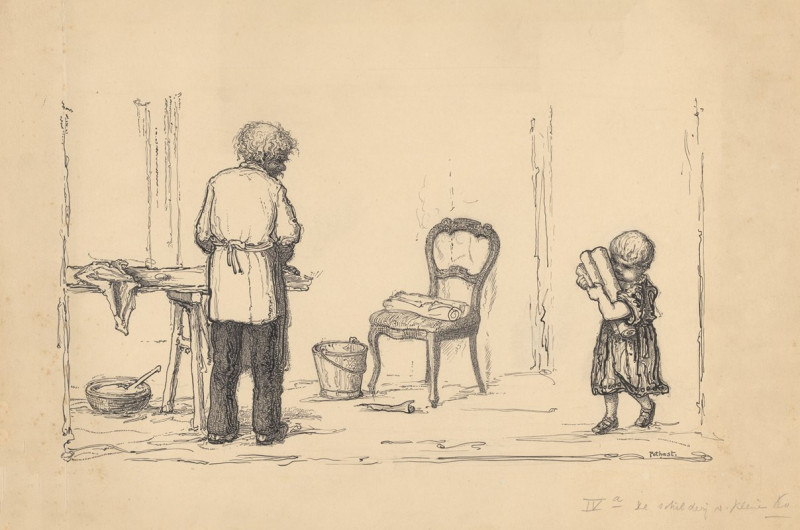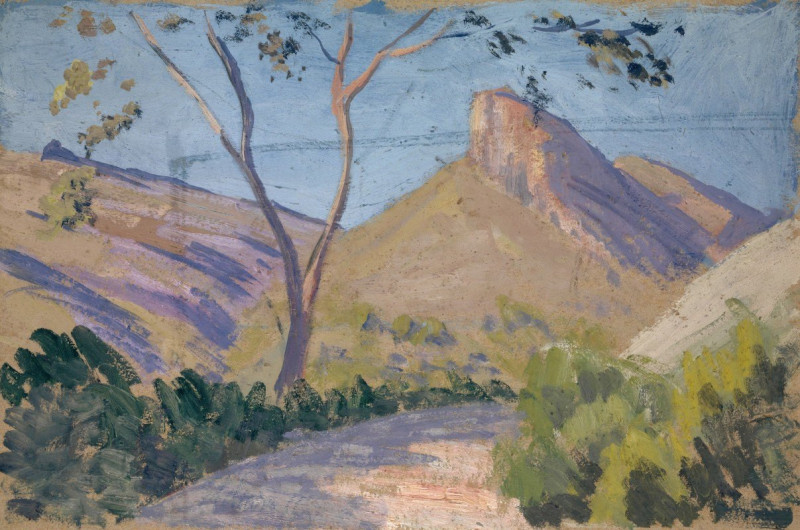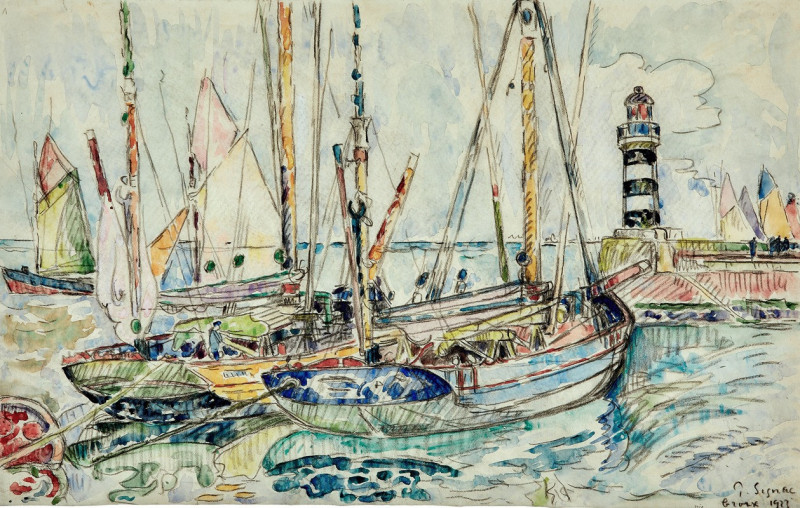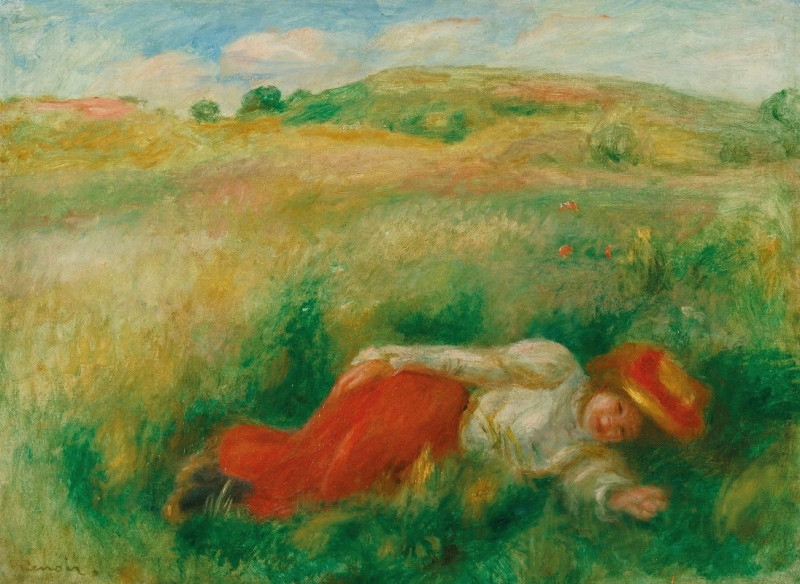Weisser Klang (White Sound) (1908)
Technique: Giclée quality print
Recommended by our customers
More about this artwork
"Weisser Klang" (White Sound) by Wassily Kandinsky is a vividly colorful and abstract painting created in 1908. This piece reflects the early transition of Kandinsky towards abstraction, a path that he continued to explore throughout his career, ultimately leading him to become one of the pioneers of purely abstract art.In this painting, Kandinsky uses broad, expressive strokes and a vibrant color palette, departing from realistic representation and moving towards a composition that evokes emotional and auditory sensations. The large white orb on the right side of the painting could be interpreted as the 'sound' referenced in the title, juxtaposed against the explosion of colors that fill the canvas. The composition seems to flow around this white center, perhaps emphasizing the idea of sound waves or a resonant force at the heart of the image.The human figures and natural elements in the painting are abstracted into shapes and colors. We can discern figures seated and interacting subtly through gestures, giving a sense of dynamic human presence without detailed depiction. The use of contrasting and complementary colors illustrates Kandinsky's interest in the psychological effects of colors and their ability to invoke moods and feelings.This piece beautifully exemplifies Kandinsky's evolving style and his exploration of the connection between art and music, color and composition, which he believed could evoke sensory experiences similar to auditory ones.
Delivery
Returns
Wassily Wassilyevich Kandinsky was a Russian painter and art theorist. Kandinsky is generally credited as the pioneer of abstract art. Born in Moscow, Kandinsky spent his childhood in Odessa, where he graduated at Grekov Odessa Art school. He enrolled at the University of Moscow, studying law and economics. Successful in his profession—he was offered a professorship (chair of Roman Law) at the University of Dorpat today Tartu, Estonia)—Kandinsky began painting studies (life-drawing, sketching and anatomy) at the age of 30.

